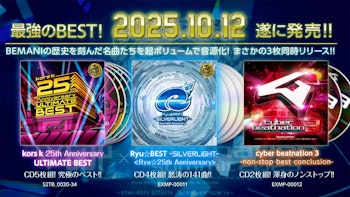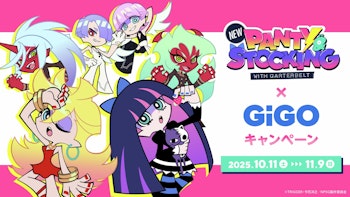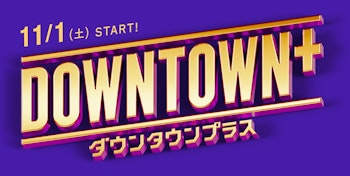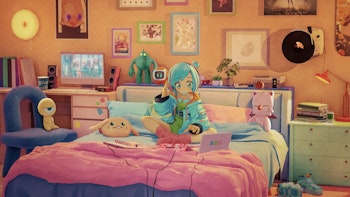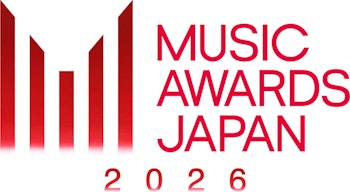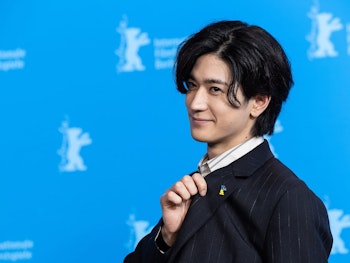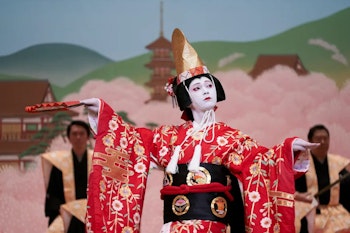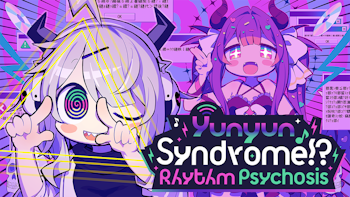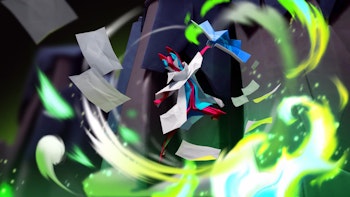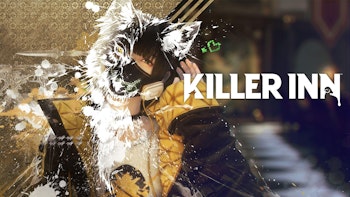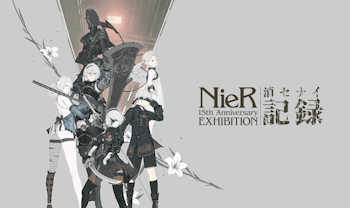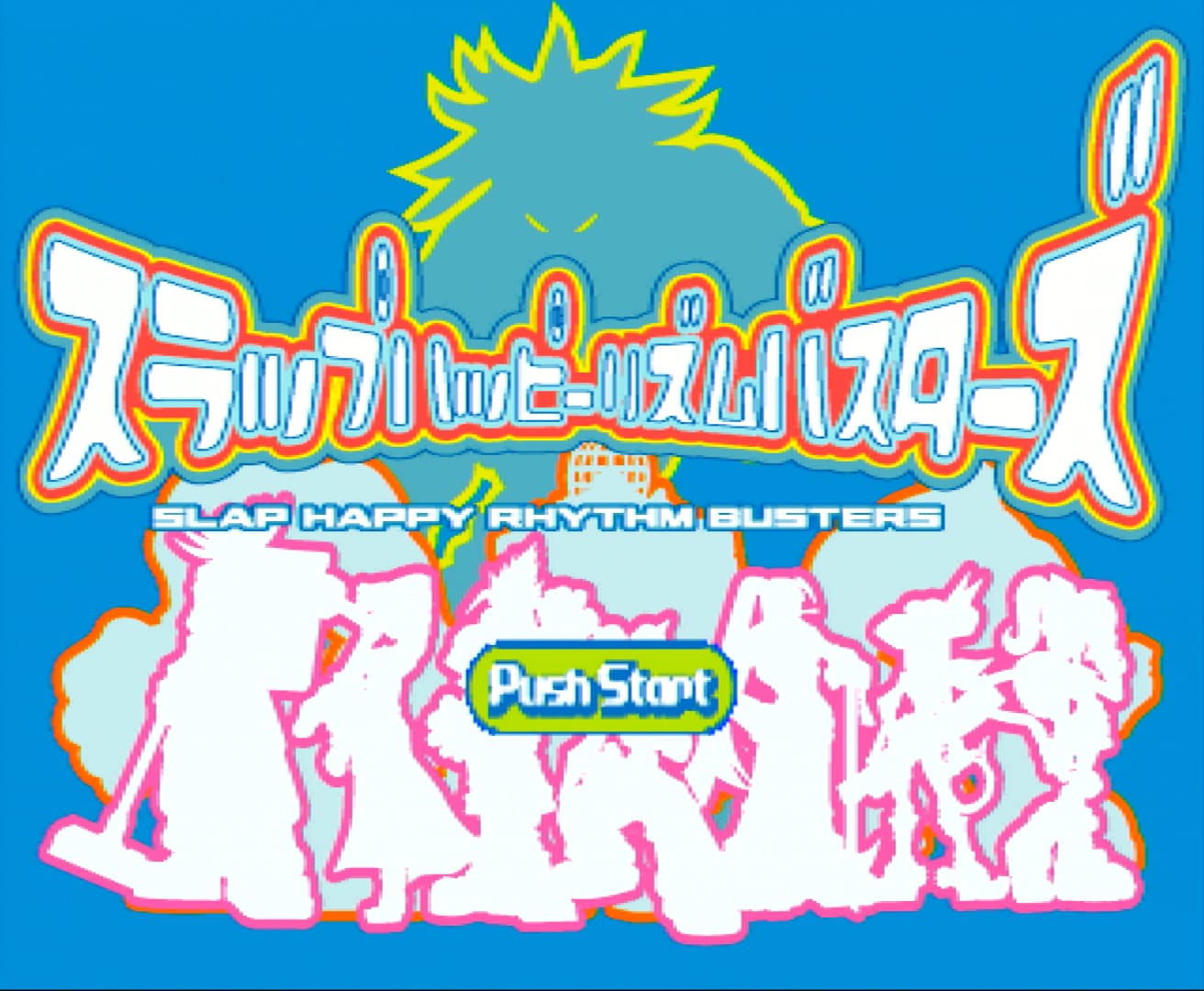
While the fighting game community has grown more and more over the years, certain games stand out among aficionados. Everyone’s got something to say about Tekken, Street Fighter, and even more niche games like Guilty Gear. But there are some retro fighting games adored by small but ardent factions of gamers. One of those is the rhythm-based fighter Slap Happy Rhythm Busters.
In 2002, Polygon Magic developed Slap Happy Rhythm Busters for the Playstation. In time Polygon Magic grew to be one of the biggest gaming development studios in Japan, nowadays mainly known for their mobile and social media-based games. But at the time Polygon Magic had debuted a couple of other fighting games, Vs. and Shaolin, that had kind of fallen by the wayside, critically.
At the time Polygon Magic were much more well-known for a horror adventure game known as Galerians, which was similar in play style and atmosphere to early Resident Evil games. Slap Happy Rhythm Busters, on the other hand, is more similar in aesthetic to Sega and Smilebit’s Jet Set Radio series.
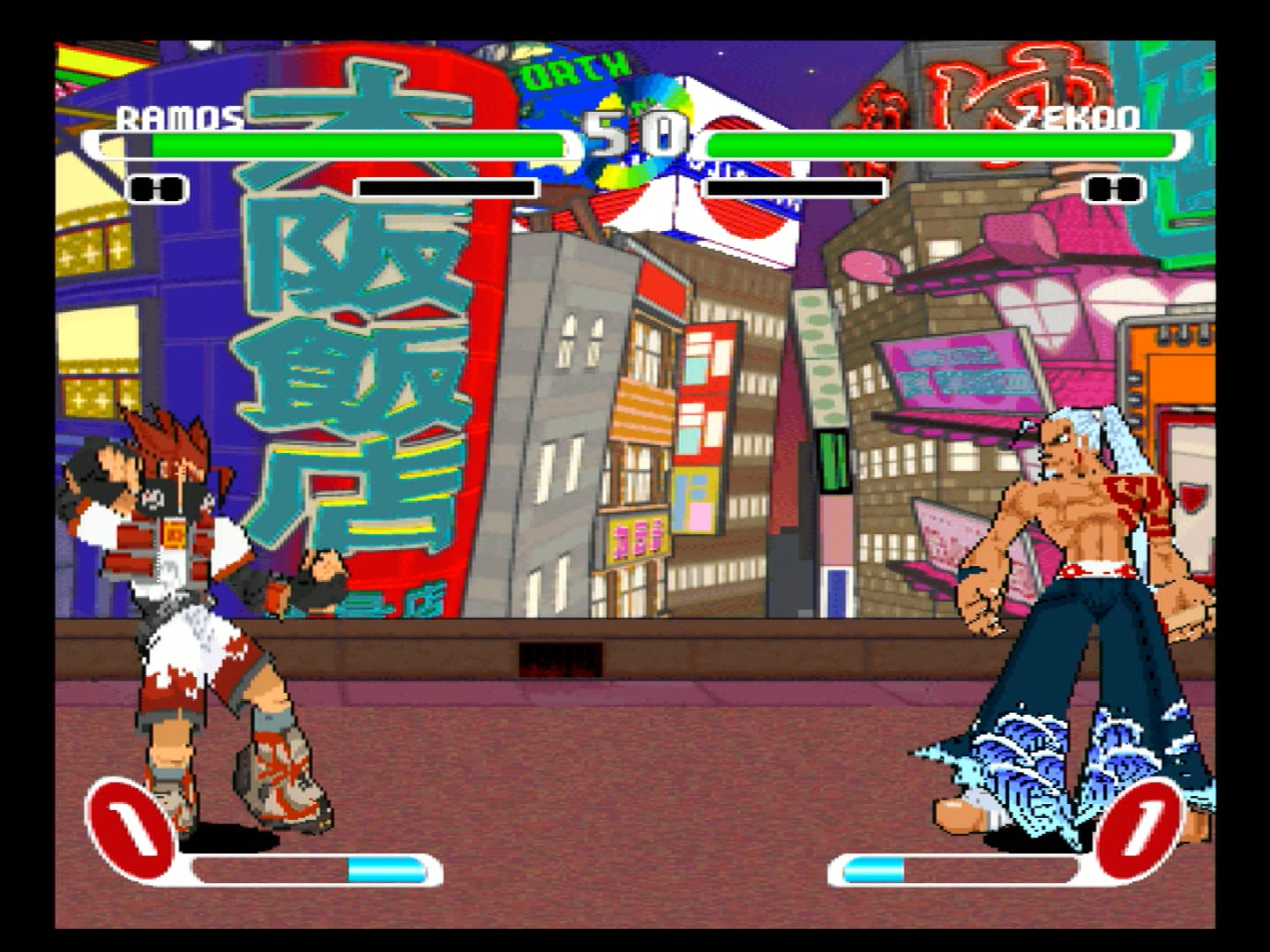
The overall aesthetic in Slap Happy Rhythm Busters has a bright, cel-shaded, early-2000s pop/punk/rave sort of style, with bumping beats heavily drawn from the techno and hip-hop scene growing during that time. Names that would go on to impact Japan's club culture like DJ Shinkawa and Q'Hey were lending their talent to the soundtrack. It has a simple control style, and reviewers at the time were somewhat dismissive of its lack of deep mechanics. Known as a 'four-button' fighter, moves were performed through a combination of the PlayStation’s face buttons and occasional turns of the analog stick.
Like many fighting games, successful attacks and taking damage are used to fill up a fighter’s beat meter, and successively powerful attacks could be unleashed depending on which level it was on.
In Slap Happy Rhythm Busters, filling up the beat meter three times allows the player to unleash a special move that changes the play area into a true rhythm game. Once that special is activated, players hit buttons as symbols approach the appropriate marker, sort of like Dance Dance Revolution or beatmania. Successfully doing so unleashes devastating damage on one’s opponent based on how many you hit and their accuracy. On the higher difficulty setting markers will change places as they appear, making players have to react quickly in order to achieve a full combo.
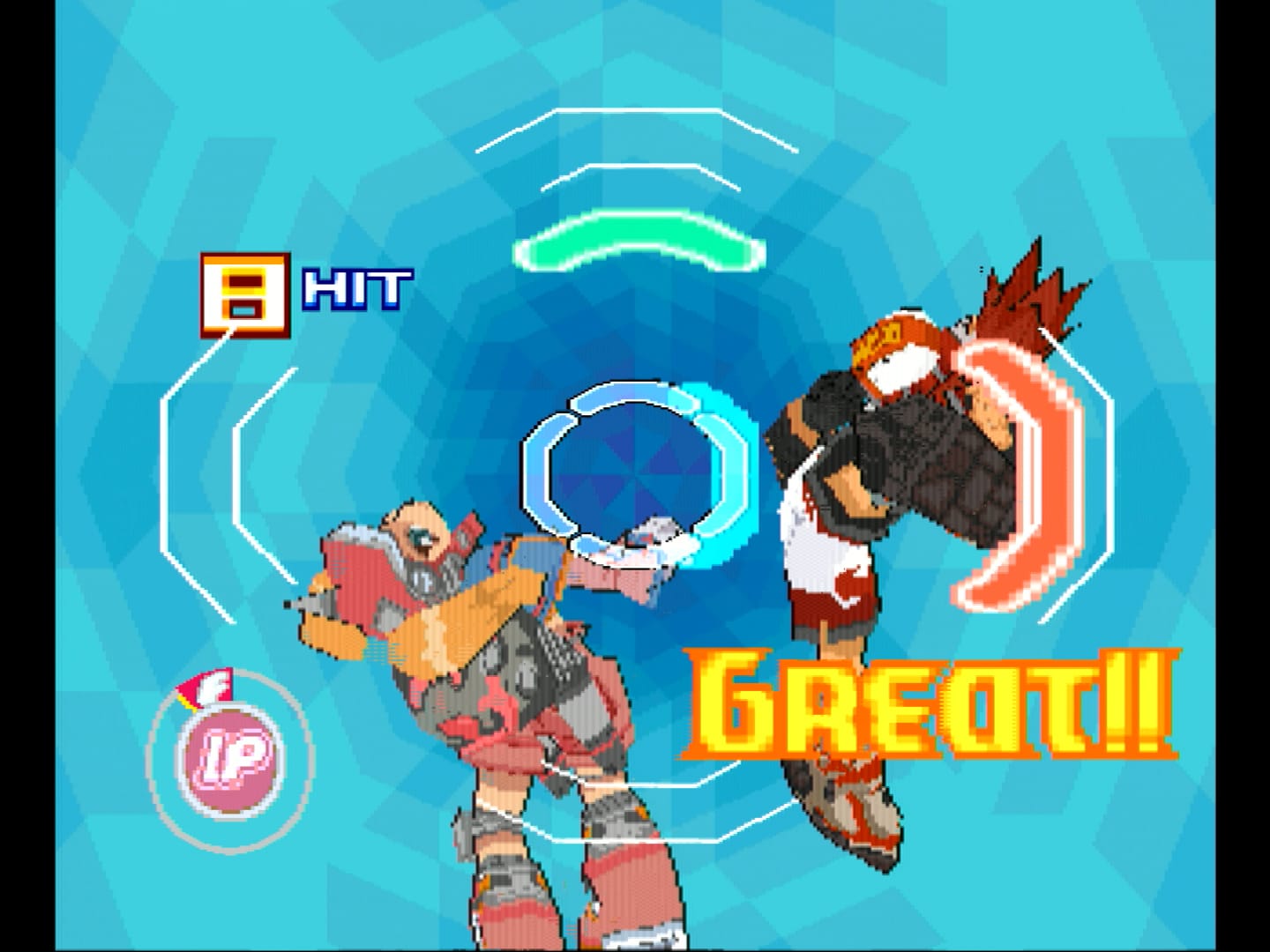
Because this is such an important finishing move that requires a degree of skill, players can practice these special attacks in the DJ Practice mode.
Additionally, Slap Happy Rhythm Busters is one of the first '2.5D' fighters. Most games up until that point were strictly 2D with players able to move back and forth on a straight line. And while games like Tekken 4 featured characters able to move more freely in a 3D space, the combination of 3D cel-shaded models confined to a 2D field made the game 2.5D. At that point it was more of an additional aesthetic choice than anything that really affected gameplay.
As with most fighting games, there’s not much semblance of a plot in Slap Happy Rhythm Busters, and what is there can suffer from some interesting uses of English. One of the characters, Rude Boy, is the leader of a gang in DownTown.
Whether the town is called Down, or whether it’s the downtown area of a particular city or area is unclear. Either way, Rude Boy runs a gang and is throwing a fighting tournament, mainly to prove his own strength. Concurrently, there’s been a string of cattle thefts linked to a mysterious UFO that seems to also have something to do with the tournament. The rest of the fighters join the tournament for various reasons related to either Rude Boy or the cows.
The character design is where the semblance to Jet Set Radio really comes into focus, as each of the characters has the same kind of bright and punk-ish energy as the colorful skaters in Jet Set Radio. In addition to Rude Boy, there’s also Ramos, who is the chief protagonist of the game. Ramos is, appropriately enough for Slap Happy Rhythm Busters, a fighting DJ whose special attacks make use of sonic blasts and thrown discs.
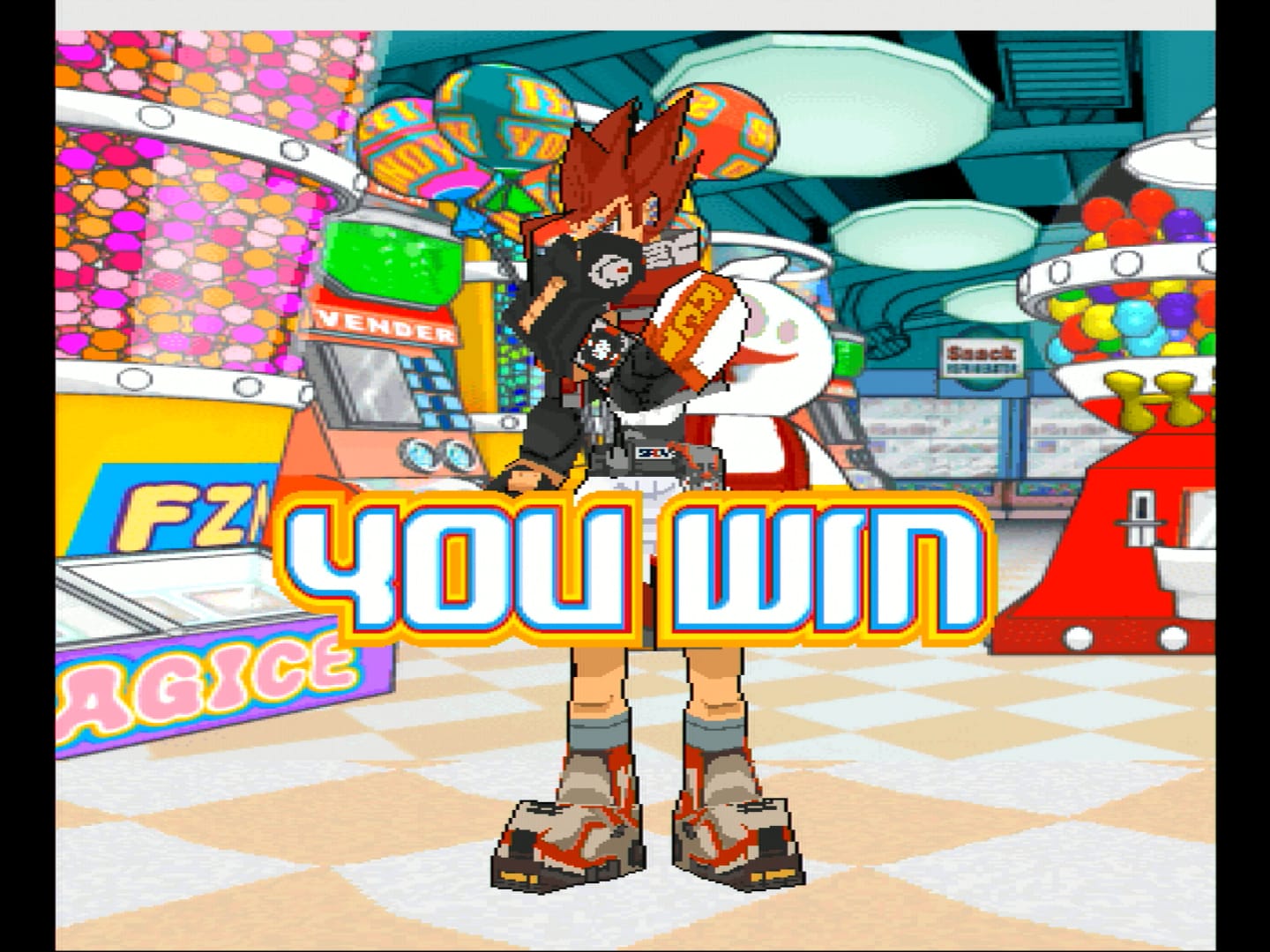
Many of the fighters have unique, character-specific mechanics, such as Vivian-Roxy.
Vivan-Roxy are two girls that fight on top of each other’s shoulders and can switch orders for specific attacks. Another character, Chad & Gram also sort of share this mechanic; they are two characters but fight as one, with Chad riding atop Gram. One of the villains of the game, Markantyle, is an old man whose wolf actually does the fighting for him. If the wolf is ever guard-broken in a fight, Markantyle himself has to fight and being an old man he’s at a great disadvantage.
While the general mechanics of Slap Happy Rhythm Busters aren’t as deep as many fighting game fans are used to, it’s still a visually interesting game. Its rarity also adds to its allure, as it was a Japanese exclusive release from a publisher not known for these kinds of games. It's become a pricey addition to any game collection in recent years. Its bright designs and characters emblematic of early 2000s Harajuku style certainly sets it apart from other fighting games, and its rhythm mini game finisher makes it a unique addition to any fighting game lineup.
